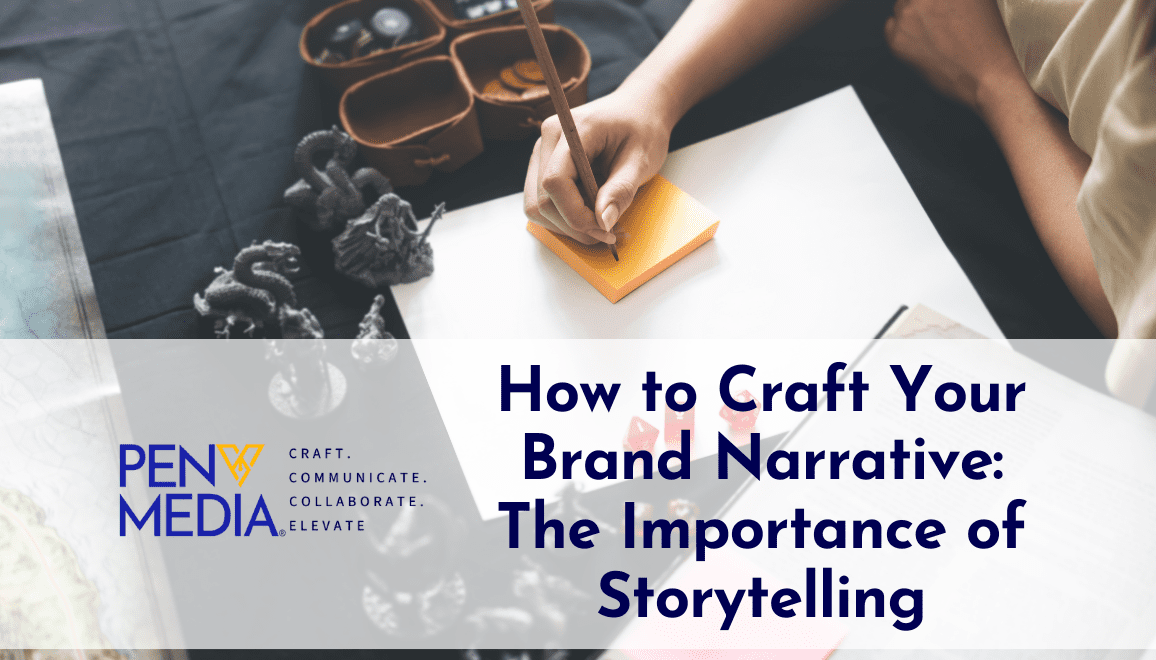In today’s fast-paced digital landscape, characterized by an incessant influx of information, the battle for consumer attention has intensified exponentially. With social media feeds inundated with updates, email inboxes flooded with promotions, and search engine results pages brimming with content, brands find themselves navigating a crowded and competitive space. In this era of constant connectivity and instant gratification, capturing and maintaining audience attention has become an increasingly daunting task.
However, amidst this cacophony of competing messages and distractions, storytelling emerges as a beacon of hope—a powerful tool that allows brands to cut through the noise and forge meaningful connections with their audience. By tapping into the emotional resonance of storytelling, brands can transcend the superficiality of traditional marketing tactics and create authentic, lasting relationships with their customers.
In this comprehensive guide, we’ll explore the significance of storytelling in shaping your brand narrative, examine real-life examples of brands that have mastered the art of storytelling, and provide actionable tips for crafting your own compelling narrative that captivates and inspires your audience.
Why Storytelling Matters
Storytelling is an age-old practice that transcends cultural and generational boundaries. At its core, storytelling is about sharing experiences, conveying emotions, and connecting with others on a human level. In the context of branding, storytelling serves several crucial purposes:
Emotional Connection
Stories have the power to evoke emotions, making them memorable and relatable. By tapping into the emotions of your audience, you can create a deeper connection with them and foster brand loyalty.
Differentiation
In today’s crowded marketplace, differentiation is key to standing out from the competition. A compelling brand narrative helps you differentiate your brand by highlighting what makes it unique and appealing to your target audience.
Authenticity
Authentic storytelling builds trust and credibility with your audience. By sharing authentic stories about your brand’s values, mission, and purpose, you can create a genuine connection with your audience and earn their loyalty.
Engagement
A well-crafted narrative captures the attention of your audience and keeps them engaged. By telling stories that resonate with your audience, you can inspire them to take action, whether it’s making a purchase, sharing your content, or advocating for your brand.
Real-Life Examples of Effective Brand Storytelling
- Airbnb: “Belong Anywhere” – Airbnb’s “Belong Anywhere” campaign is a prime example of effective brand storytelling. The campaign emphasizes the idea that travel is about more than just visiting new places—it’s about experiencing new cultures and forging connections with people from around the world. By showcasing real stories of travelers and hosts who have used Airbnb to create meaningful experiences, the campaign reinforces Airbnb’s brand promise of belonging and community.
- Nike: “Just Do It” – Nike’s iconic “Just Do It” campaign is another example of powerful brand storytelling. The campaign features athletes from all walks of life who have overcome obstacles and achieved greatness through sheer determination and perseverance. By celebrating the human spirit and inspiring people to push beyond their limits, Nike’s storytelling resonates with audiences worldwide and reinforces the brand’s image as a champion of athletes everywhere.
- Dove: “Real Beauty” – Dove’s “Real Beauty” campaign challenges conventional beauty standards and celebrates diversity. By featuring real women with diverse body types, skin tones, and ages, the campaign promotes a more inclusive definition of beauty. Through its storytelling, Dove encourages women to embrace their unique qualities and reject society’s narrow beauty standards, fostering a sense of empowerment and self-confidence.
Crafting Your Brand Narrative: Actionable Tips
Know Your Audience
Understanding your audience is the first step in crafting a compelling brand narrative. Take the time to research your target demographic, including their demographics, interests, and pain points. Use this information to tailor your storytelling to resonate with your audience on a personal level.
Define Your Brand Story
Your brand story is the narrative that defines who you are, what you stand for, and why you exist. Take the time to define your brand’s core values, mission, and purpose, and use these elements to shape your storytelling. Your brand story should be authentic, compelling, and consistent across all touchpoints.
Be Authentic
Authenticity is key to effective storytelling. Be honest and transparent with your audience, and share stories that reflect the true essence of your brand. Avoid using overly promotional or sales-focused language, and focus instead on creating genuine connections with your audience.
Keep it Consistent
Consistency is crucial in building a strong brand narrative. Ensure that your storytelling is consistent across all channels and touchpoints, including your website, social media, and marketing materials. This consistency helps reinforce your brand’s identity and message, making it easier for your audience to understand and connect with your brand.
Incorporate Multimedia Elements
Enhance your brand storytelling by incorporating multimedia elements such as images, videos, and interactive content. Visual and interactive storytelling can help bring your brand narrative to life and engage your audience in a more meaningful way. Experiment with different formats and mediums to find what works best for your brand.
Conclusion
In conclusion, storytelling is a powerful tool for brands to connect with their audience, differentiate themselves from competitors, and inspire action. By crafting a compelling brand narrative that resonates with your audience on an emotional level, you can create a lasting impression and build a loyal following.
So, take the time to define your brand story, be authentic and consistent in your storytelling, and incorporate multimedia elements to bring your narrative to life. By following these tips, you can create a brand narrative that captivates hearts and minds and drives meaningful engagement with your audience.
At the heart of effective storytelling lies the power to inspire action. Consult with PenVmedia for personalized advice on crafting your brand story. Share your thoughts in the comments below and let us know how this guide has helped you.



Leave a Comment